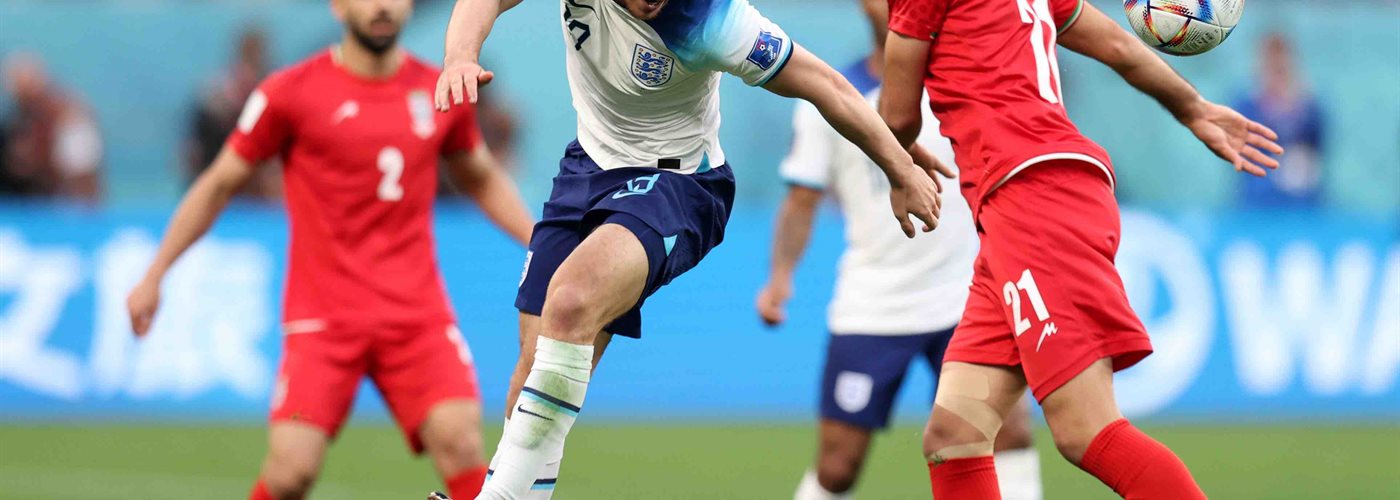From previous blogs we have seen that transition plays a key role in gaining or losing possession, however, did you know that at the recent FIFA Men’s World Cup 2022 the ball spent an average of 11% per game in a period of contention, where neither team had the ball under control.
A new statistic that you may have seen throughout the World Cup was FIFA’s “in contest possession”. Displayed on screen alongside a team’s possession percentages FIFA define this as a period where neither team has controlled possession of the ball and occurs through possession contests where both teams are challenging or trying to gain control of the ball. This includes but is not limited to:

While 11% being the average in contest time (across 90 mins) might not sound like much, when we consider that the average ball in play time across the FIFA World Cup 2022 was 58 minutes, and 12 of those minutes, a whopping 21% was spent with neither team in control of the ball, we begin to think more about the importance of recognising when these periods might occur, and how we can prepare our players for that transitional period of getting control of the ball.
There are many factors that can impact the amount of a game that is spent in contest and although the figures above are an average, we seen variation across the tournament with Australia v Tunisia providing the highest proportion of game spent in contest (18%) and Netherlands v Qatar the lowest (7%).

Needing to score a goal late in the game like Netherlands dramatic final few minutes in their Quarter Final against Argentina may see teams being more direct in their attacking play, leading to more loose balls, duels and clearances, and therefore more time without the ball in control at a player’s feet.
Another factor impacting time spent in contest is when one team dominates possession, being patient on the ball without taking too many risks. Throughout the tournament Spain were a great example of this as they spent a tournament high average of 15 seconds in possession following a transition and averaged just 9% of their games in a period of ‘in contest’. Saudi Arabia on the other hand saw the tournament lowest of 5 seconds, meaning when they gained control of the ball, they were often losing it again shortly after.
Staying with Spain we seen an incredible example of one team failing to maximise their use of time spent on the ball in their group game decider against Japan. Spain spent a whopping total of 78% of the game in possession, staying patient on the ball and therefore limiting the opportunity for contested possession to 7% across the game. Japan however, despite having just 15% possession managed to win the game 2-1 by making the most of their opportunities to attack following transitions. Their style of play across the tournament meant that despite being joint highest for possession loss following transition (57% lost within 5 seconds), they were second highest in the tournament for converting high transitions into shots, with a total of 37% of their attacking third transitions leading to a shot on goal, a massive 7 shots per game.
The video below provides a great demonstration of how messy transition can be and the importance of developing players who can anticipate where and how they might be able to get on the ball, and the technical ability to stay on the ball or pass to gain controlled possession for their team.
Coaching considerations
With 11% of games being spent ‘in contest’ does your practice design replicate the opportunity for your players to practice the demands of the game?
What is your strategy for getting the ball back? And what is your strategy for when you get it back?
How do you prepare your players to anticipate when and how these ‘in contest’ and transitional moments are likely to happen?


